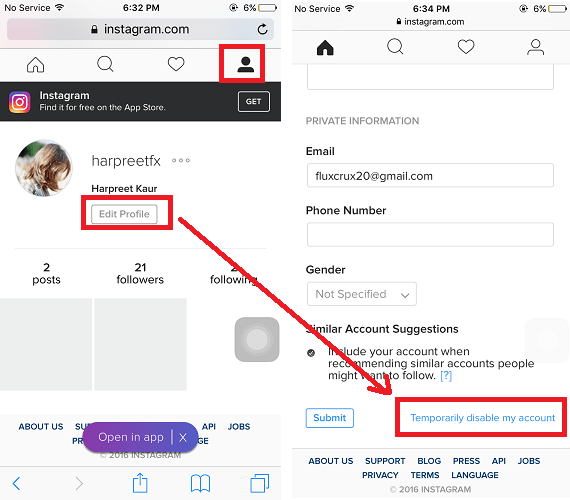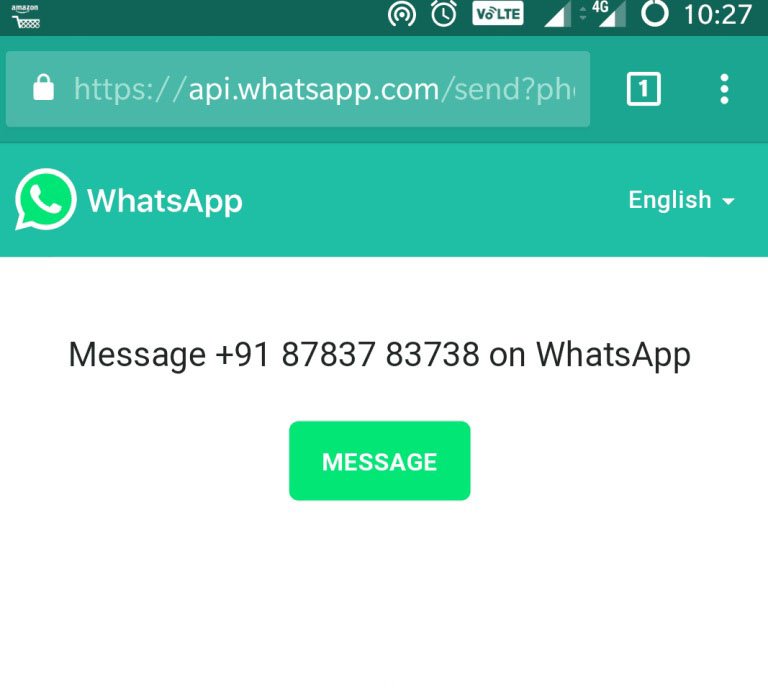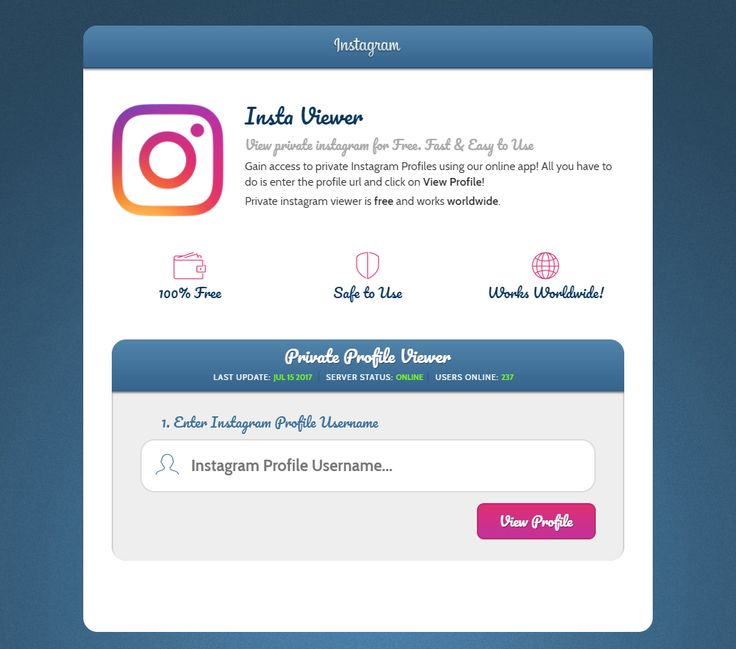How secure is instagram messaging
Are Instagram Messages Encrypted and Secure?
Instagram is first and foremost an image sharing platform. If you asked its billion monthly users what they used the service for, photo sharing would be the top answer. But Instagram also allows users to make videos and plain text posts. And like most social media platforms, it has a messaging platform.
Instagram also provides you with a number of security features. For example, you can set up a private Instagram account. Which begs the question; are Instagram messages encrypted?
Note: At no extra cost to you, we may earn a commission for purchases using our links. Learn more.
Encrypted messages use a special security key so that only the sender and recipient can read them. Even if someone were to intercept the signal, it would be gibberish without the key.
As you might imagine, encrypted messaging has become popular in today’s digital age. In many countries, people worry about surveillance by repressive regimes. And no matter where you live, you’re probably aware of how much of your personal data corporations gather.
Unfortunately, Instagram messages are not encrypted – at least not yet. While Instagram has the capability to support encrypted messaging, the feature has yet to roll out in most countries. So, how soon can we expect to see it, and how is it going to work? Here’s everything you need to know.
Why Has End-to-End Encryption Been Delayed?
End-to-end encryption has become a political issue in some countries, particularly in the UK. The National Society for the Prevention of Cruelty to Children has argued that encrypted messaging apps can harbor child predators.
This is not a new concern. While end-to-end encryption keeps your messages safe from bad actors, it makes them invisible to law enforcement. When done correctly, not even the messaging platform can read them.
Instagram parent company Meta had originally announced that secure messaging would roll out in 2022. But late in 2021, they announced a delay until 2023. According to Meta representative Antigone Davis, the company is “taking our time to get this right.” In other words, it will take at least a few more months for Meta to complete their anti-child abuse technology. Until then, we’ll have to wait – or use a different messaging service.
But late in 2021, they announced a delay until 2023. According to Meta representative Antigone Davis, the company is “taking our time to get this right.” In other words, it will take at least a few more months for Meta to complete their anti-child abuse technology. Until then, we’ll have to wait – or use a different messaging service.
Where Is End-to-End Encryption Currently Available?
There are actually two countries where you can access Instagram’s end-to-end encryption: Russia and Ukraine. As of March 1st, 2022, Meta announced the unusual step of enabling end-to-end encryption in those countries.
The purpose was to give Russians and Ukrainians in occupied territory access to accurate information. Social media is also heavily censored in Russia. This makes secure chat programs one of the only safe ways for anti-war activists to communicate.
Instagram users in Russia and Ukraine received an announcement notification that appeared at the top of their inbox.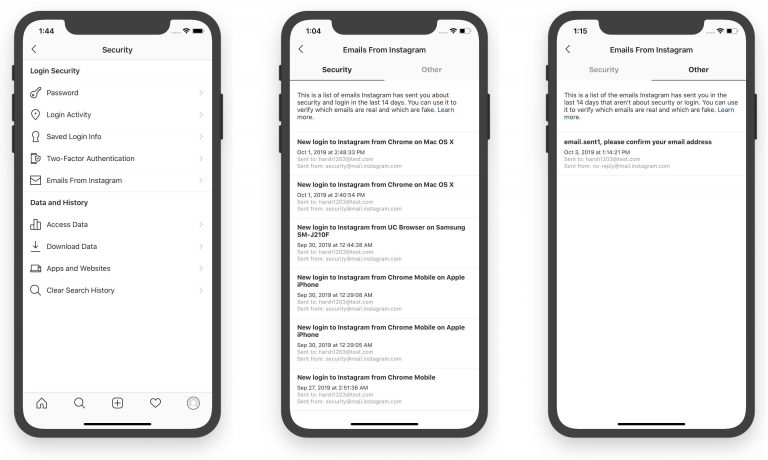 This message provided an option to switch to encrypted messaging or not. Users also have the option to encrypt their messages at a later time.
This message provided an option to switch to encrypted messaging or not. Users also have the option to encrypt their messages at a later time.
How Will I Be Able to Activate End-to-End Encryption?
Presumably, Instagram will send a similar notification message when they activate end-to-end encryption worldwide.
But no matter how they notify you, we already know how to manually activate it. For whatever reason, Instagram has already published a guide, even though the options they mention aren’t available yet. Assuming they don’t make any changes, here’s how you’ll do it:
- In the top right of your DM feed, hit “send” or “messenger.”
- Tap “compose,” then click the lock icon where it says “Start end-to-end encrypted chat.”
- Choose the other person’s name from your contact list, or type their Instagram handle in the search bar.
- Hit the “Chat” button at the top right.
Encrypted chats will have a visual indicator showing that they’re encrypted.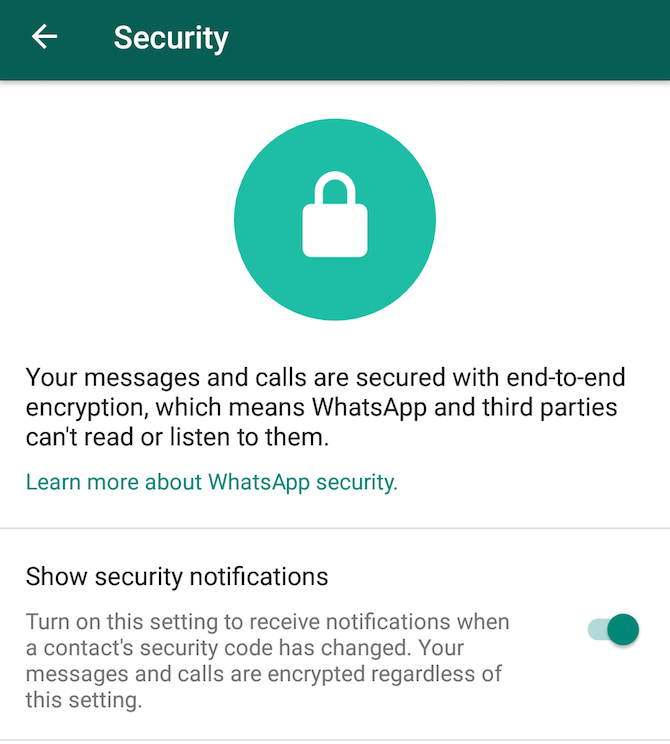 Any existing, non-encrypted chats with the same user will be listed separately.
Any existing, non-encrypted chats with the same user will be listed separately.
How Will End-to-End Encryption Work?
Instagram has also announced how their end-to-end encryption will work. Like most encryption methods, it will use a key. When you send an encrypted message, your device uses the key to lock the message.
Once it’s been encrypted, only the recipient will be able to unlock it. Not even Instagram will be able to open a locked message. You’ll also be able to encrypt picture, video, and audio messages.
Keep in mind that encryption only protects your messages within the Instagram app. A recipient can still forward them to a third party, or take a screenshot. On the receiving end, you’ll also be able to report encrypted messages that violate Instagram’s terms of service.
Why Is End-to-End Encryption Important?
Now, you might think this isn’t a big deal. You’re not a spy or a criminal, so why should you care about encryption? But encryption isn’t just good practice for CIA spooks.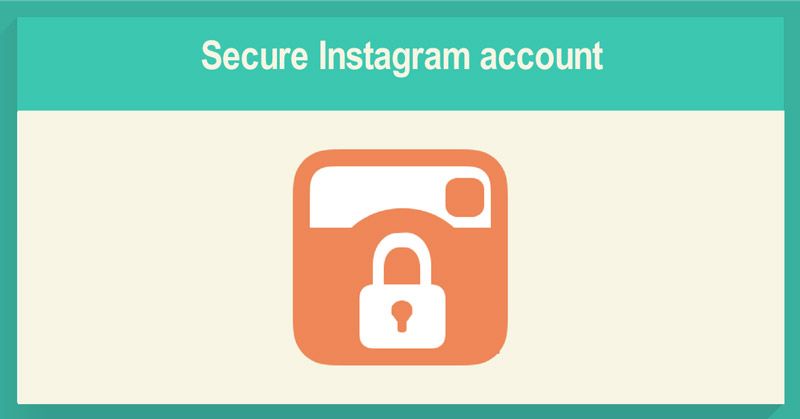 It’s also an effective way to avoid corporate data harvesting.
It’s also an effective way to avoid corporate data harvesting.
Instagram is a free service. And when you use any free service, you don’t have to ask what the real product is. It’s you – or more accurately, your personal information. A lot of people have written angry articles about how TikTok harvests your personal information. But the truth is that every tech company collects your data.
Take Facebook Messenger, for example. Facebook used to say that they didn’t read your messages. But for a long time, the only thing stopping them from reading them was that they pinky swore they wouldn’t. Have you ever had a conversation only to receive an ad for something you just talked about? We’re not saying Facebook was reading your messages. Were’ saying it’s was bit shady.
With end-to-end encryption, this isn’t a risk. You don’t have to trust a big tech company, because it’s literally impossible for them to snoop on your messages. That’s one reason people were so happy that Facebook enabled end-to-end encryption through Facebook messenger.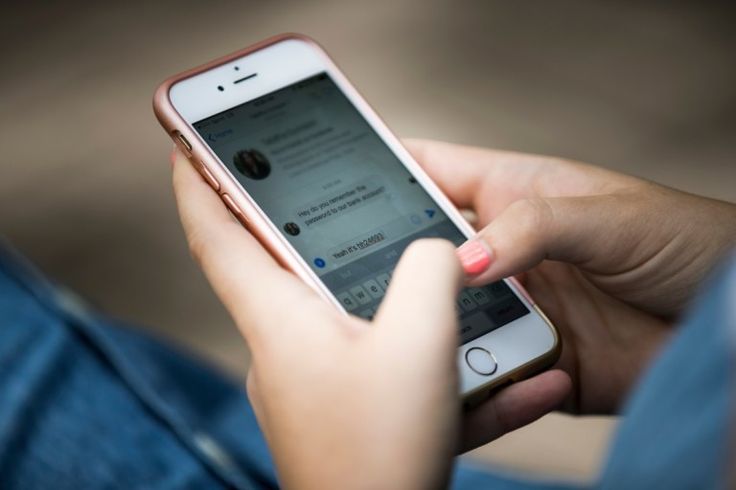 And it’s why people are eager for Instagram to do the same.
And it’s why people are eager for Instagram to do the same.
Are There Other Encrypted Messaging Apps?
While you wait for Instagram messaging to enable end-to-end encryption, there are other solutions. Here are a few encrypted messaging apps you can start using today.
1. Signal
Signal is a messaging app that’s available on Android and iOS. Download the app, sign up for a free account, and you can start messaging with it. It can be used for texting, voice calls, and even group chats with up to 40 participants.
Best of all, you can set it as your phone’s default messaging app. Texts with non-Signal users will be marked with a grey icon indicating that they’re unsecure. Texts with other Signal users will display a green icon, letting you know that your conversation is encrypted.
The Signal app includes stickers, animations, and custom backgrounds. You can also set conversations to self-destruct, much like Snapchat’s self-destructing messages.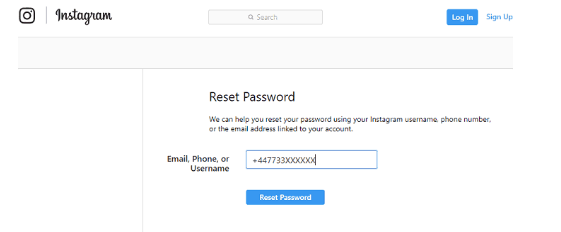
After you’ve set up your account, you can install an app on your PC or Mac. Open the Signal app on your phone and scan the QR code in the app on your computer. This will link your account, so you can chat from your desktop or laptop. Keep in mind that the computer app will only work for communicating with other Signal users. You’ll need the phone app if you want to text your other contacts.
Signal’s encryption technology has set the gold standard for end-to-end encryption. It’s so powerful that Facebook Messenger and WhatsApp also use it. And Instagram’s encryption will be based on the same technology.
2. WhatsApp
WhatsApp is the most popular chat app in the world. Since 2016, they’ve used Signal’s encryption technology. However, they’ve also made innovations of their own. For example, they’ve built in extra group chat controls so you can control who sees each individual message.
Another neat WhatsApp feature is the ability to transfer chat history between iOS and Android devices.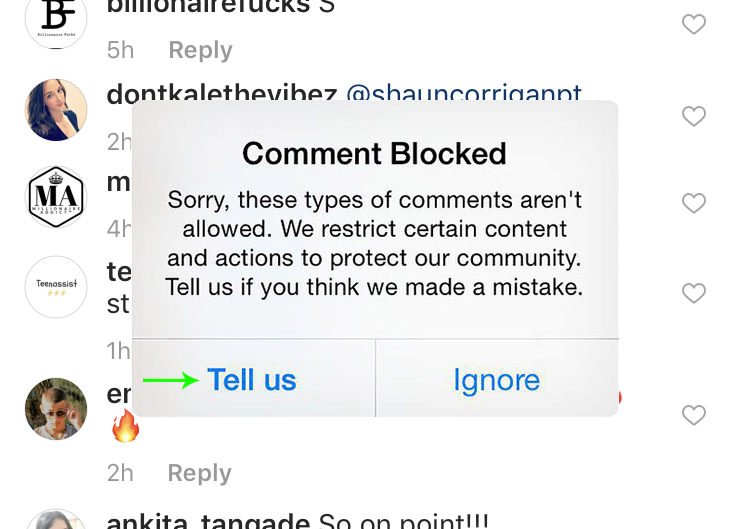 For example, what if you use an iPhone but you also want to use WhatsApp on your Chromebook? The iOS to Android chat transfer function is already in beta. Android to iOS transfer is coming – it’s only a matter of time. At the same time, WhatsApp also lets you set your chats to self-destruct by default.
For example, what if you use an iPhone but you also want to use WhatsApp on your Chromebook? The iOS to Android chat transfer function is already in beta. Android to iOS transfer is coming – it’s only a matter of time. At the same time, WhatsApp also lets you set your chats to self-destruct by default.
The only downside of WhatsApp is that it’s been owned by Facebook since 2014. And while Facebook can’t read your chats, it does track some user behavior. For example, it knows when you’re chatting and who you’re chatting with.
3. Telegram
Telegram is another popular encrypted messaging app. Like Signal, it links to your phone number, and is available on iOS and Android. However, messages on Telegram are unencrypted by default. To enable encryption, you’ll have to go to “Secret Chat” mode.
Within secret chat, you won’t just get end-to-end encryption. You enable self-destructing messages, as well as share videos and documents on an encrypted platform. As a side note, Telegram supports group chats with up to 200,000 people.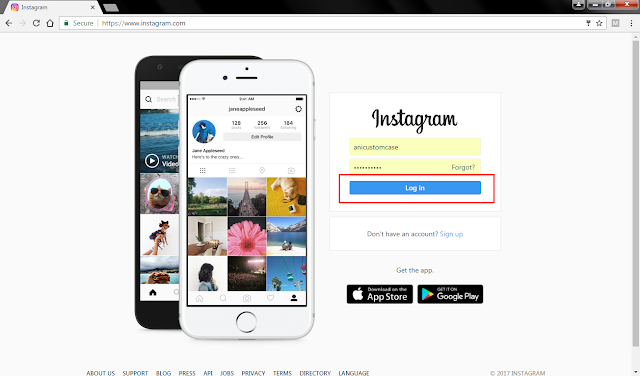 Unfortunately, group chats don’t support end-to-end encryption.
Unfortunately, group chats don’t support end-to-end encryption.
In addition to all that, Telegram is also a social media platform. Thanks to its massive group chats, it’s an easy way to reach a large number of people in a hurry. By sending a message to just a handful of group chats, you could potentially reach millions of users. This makes it popular for far more than simple messaging.
While Telegram’s MTProto encryption method isn’t as tried and true as traditional encryption, it’s still robust. As of September, 2022, no-one has figured out a way to break it. Or if they have, they’re not telling.
4. Viber
Viber is a Japanese-owned app that was originally developed in Israel. It features many of Telegram’s most popular features, including the ability to form communities. Viber has also invested heavily in AR filters, similar to many popular Instagram filters.
Viber also makes it easy to see how secure your conversations are. If the conversation is unencrypted, its lock icon will be red. If the conversation is encrypted, the icon will be grey. For encrypted conversations with trusted contacts, it will be green. You can create self-destructing messages, and even special hidden chats that won’t show up on shared devices.
If the conversation is encrypted, the icon will be grey. For encrypted conversations with trusted contacts, it will be green. You can create self-destructing messages, and even special hidden chats that won’t show up on shared devices.
On top of all that, you can make free voice calls to other Viber users.
Final Thoughts on Encrypted Instagram Messages
Some time in 2023, Instagram messages will be encrypted and secure. At that point, no-one will be able to read your encrypted messages – not even Instagram. Until then, you’ll have to make do with another app. Thankfully, there are plenty of free options!
Please consider sharing:
Note: At no extra cost to you, we may earn a commission for purchases using our links. Learn more.
Using Instagram to connect with friends? Beware! Your chats may be at risk
News
Meta’s Global safety chief Antigone Davis, chats on Instagram and Facebook Messenger will not be completely end-to-end encrypted until 2023.
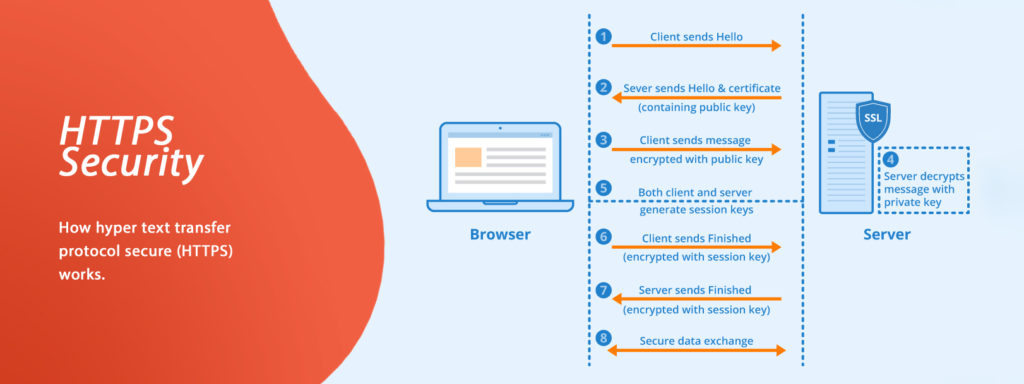 Are these platforms safe to use then?
Are these platforms safe to use then? - Sneha Saha
- @sahas1301
- Published: November 23, 2021 11:34 AM IST
Private WhatsApp chats are end-to-end encrypted. This means, no one other than the sender and receiver of the message can see/read it, including WhatsApp and even parent company Meta. But that’s not the case with the popular photo-sharing app Instagram and even Facebook Messenger. Also Read - Facebook parent company Meta received 55,497 requests for user data from Indian government
Is Instagram and Facebook Messenger safe to use?
Meta’s Global safety chief Antigone Davis, chats on Instagram and Facebook Messenger will not be completely end-to-end encrypted until 2023. Davis previously promised to make chats on both platforms end-to-end encrypted by default. The latest report shows it may not happen anytime soon. Also Read - Meta CEO Mark Zuckerberg is not stepping down in 2023: Official
The latest report shows it may not happen anytime soon. Also Read - Meta CEO Mark Zuckerberg is not stepping down in 2023: Official
Davis wrote in the UK newspaper The Sunday Telegraph about Meta’s efforts to preserve childrens’ safety on all its platforms. He wrote, “we’re taking our time to get this right and we don’t plan to finish the global rollout of end-to-end encryption by default across all our messaging services until sometime in 2023.” Also Read - Meta says it got 55,497 requests from Indian govt for user data
In April 2021, Davis told The Telegraph that the company will finish making Facebook and Instagram messenger end-to-end encrypted by 2022.
This suggests that until chats on both these platforms are end-to-end encrypted, chances of them getting leaked get higher. As explained, end-to-end encryption will make all chats and conversations happening on the platform secure by default.
WhatsApp chats are end-to-end encrypted
All private chats exchanged on WhatsApp are end-to-end encrypted.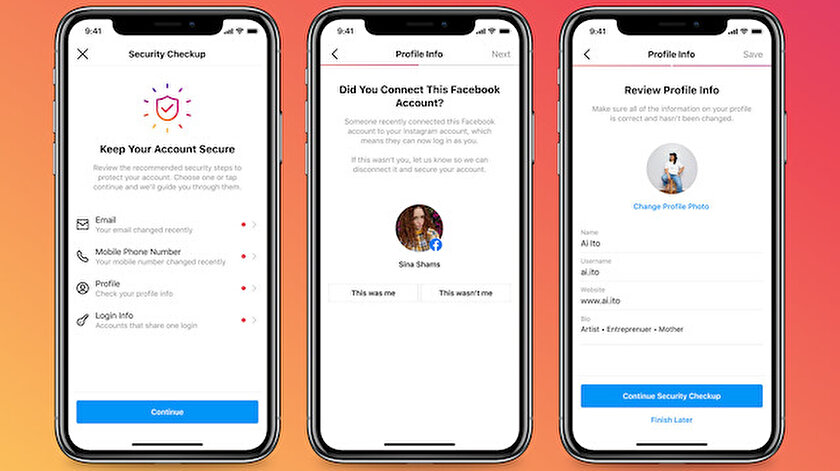 This means, no one, including WhatsApp and Meta, apart from the sender and receiver of the messages can read or see the messages. Business chats are not end-to-end encrypted.
This means, no one, including WhatsApp and Meta, apart from the sender and receiver of the messages can read or see the messages. Business chats are not end-to-end encrypted.
Meta is fighting a political battle over end-to-end encryption in the UK, especially around child safety. The company is trying its level best to make its platform secure and safer for users, especially teens and kids, to use on a regular basis.
Davis noted, “we believe people shouldn’t have to choose between privacy and safety, which is why we are building strong safety measures into our plans and engaging with privacy and safety experts, civil society, and governments to make sure we get this right.”
WhatsApp offers a wide range of privacy and security features including hiding last seen and profile photo, blocking, and much more. The instant messaging introduces two new privacy features this week, including flash calls and message level reporting. Read about these new features.
- Published Date: November 23, 2021 11:34 AM IST
For the latest tech news across the world, latest PC and Mobile games, tips & tricks, top-notch gadget reviews of most exciting releases follow BGR India’s Facebook, Twitter, subscribe our YouTube Channel.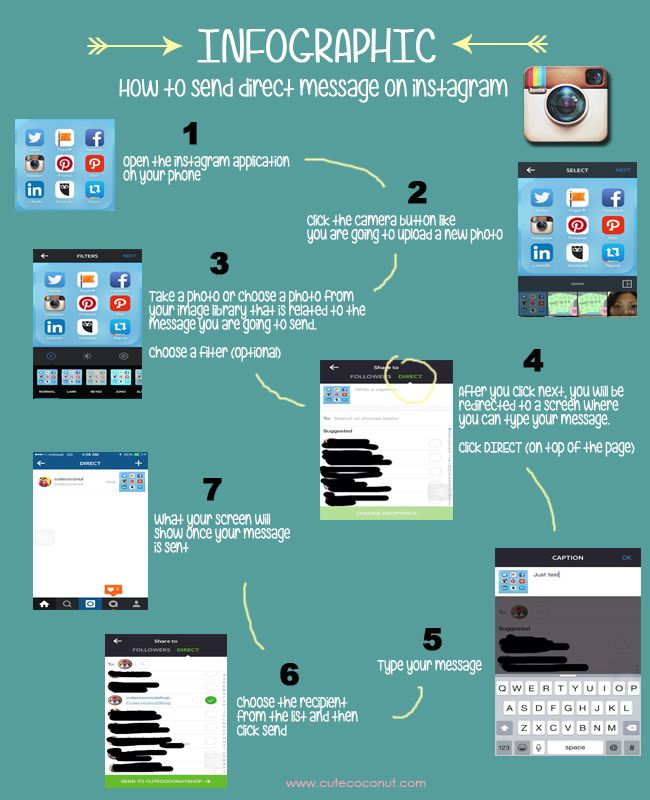 Also follow us on Facebook Messenger for latest updates.
Also follow us on Facebook Messenger for latest updates.
Instagram: privacy and security settings
Social network accounts, especially popular ones, are a tasty morsel for attackers. And it is easiest to hack what is poorly protected. Therefore, we regularly remind you that it is worth taking care of the security of your accounts, as far as social networks allow it.
- Set up privacy and security for your Instagram account
- The most important security settings on Instagram
- How to change your Instagram password
- How to set up two-factor authentication on Instagram
- How to check in the app if you received a real email from Instagram
- Where to find the list of apps connected to Instagram
- The most important privacy settings on Instagram
- How to close your Instagram account and edit your followers list
- How to control who sees your Instagram stories
- How to get rid of spam comments on Instagram
- How to get rid of spam in direct and adding to the left groups on Instagram
- How to hide your online status on Instagram
- How to block or restrict a user from your Instagram
- How to remove unnecessary push notifications in the Instagram app
- The most important security settings on Instagram
- Do not forget to set up security in other social networks
Unfortunately, security and privacy settings are often difficult to understand.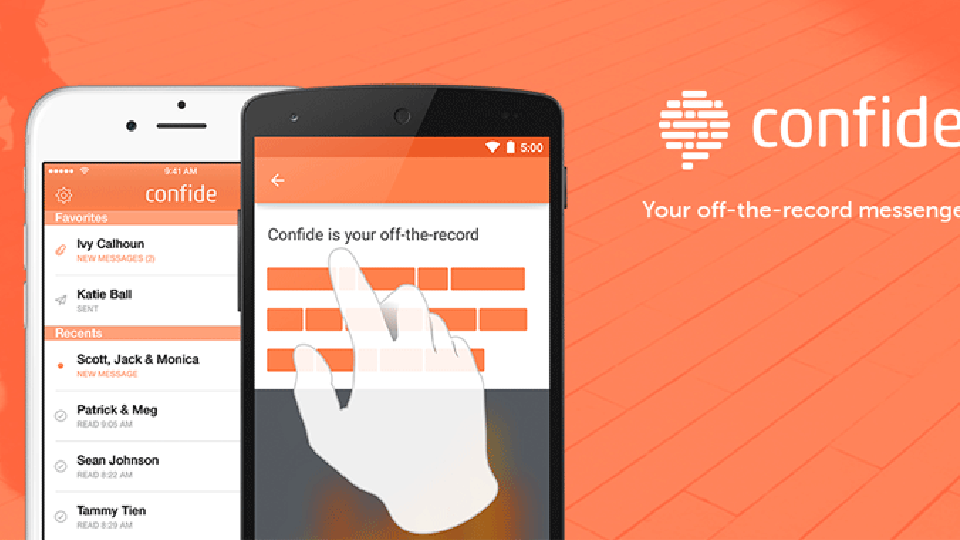 Moreover, developers change them from time to time. For example, Instagram settings have recently been updated. We tell you what is useful in them and where to look for this useful.
Moreover, developers change them from time to time. For example, Instagram settings have recently been updated. We tell you what is useful in them and where to look for this useful.
Setting up account security on Instagram
New Instagram settings allow you to even more securely protect against unauthorized account login and identity theft.
To find your security settings:
- Open your profile.
- Click on the three bars in the upper right corner of the screen.
- Select Settings .
- Go to section Security .
Where to find the security settings in the Instagram app
The password is the head of everything
The first rule of security for any account is to set a good, long, unique password. Attackers will not be able to quickly pick it up and will not find it in the databases that they managed to steal from other sites, which means they will not be able to hack into your account. At least, if you do not give out your password yourself or it does not leak from the social network itself.
At least, if you do not give out your password yourself or it does not leak from the social network itself.
How to set up two-factor authentication on Instagram
Turn on two-factor authentication to ensure that your password is leaked. Every time someone tries to log in on a new device on your behalf, the social network will request a one-time code from SMS or from a special application. Thus, you will always be aware of login attempts, and it will be impossible to hack your account without knowing the code.
To enable two-factor authentication:
- Select Two-factor authentication .
- Press Start .
- Choose how you want to receive codes: via SMS or two-factor authentication app .
How to set up two-factor authentication in the Instagram app
An added bonus - after enabling this feature, the social network will give you backup codes .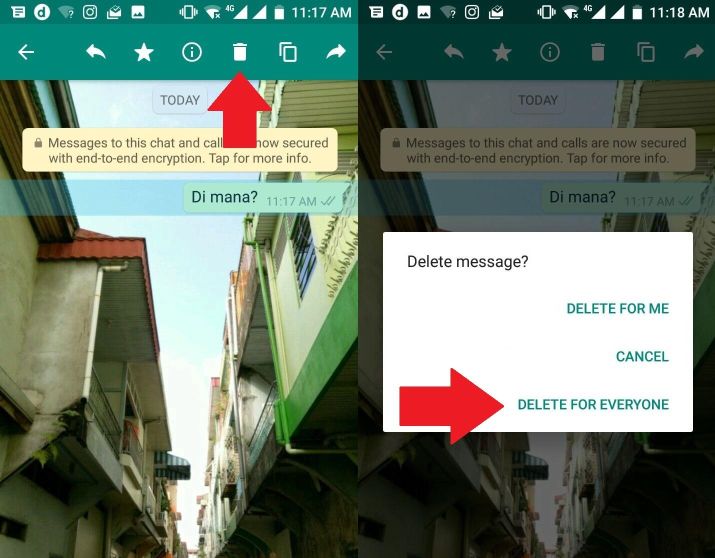 They will help you log into your profile if you don’t have a phone at hand that should receive SMS or on which an application for generating one-time codes is installed (yes, you can do this too - see this post for more details). Write down the backup codes and keep in a safe place.
They will help you log into your profile if you don’t have a phone at hand that should receive SMS or on which an application for generating one-time codes is installed (yes, you can do this too - see this post for more details). Write down the backup codes and keep in a safe place.
How to check in the app if you received a real email from Instagram
Instagram developers figured out how to protect their users from phishing via email. Now in the application settings you can see what letters the social network has sent you over the past two weeks. If you received a letter supposedly from Instagram, but it is not in the application, you can safely send it to spam.
To see which social media notifications are real:
- Select Emails from Instagram .
- Look for the email you're interested in under the Security tab if it's about login attempts, suspicious activity from your account, and so on. If it's about something else, check if it's on the tab Other .
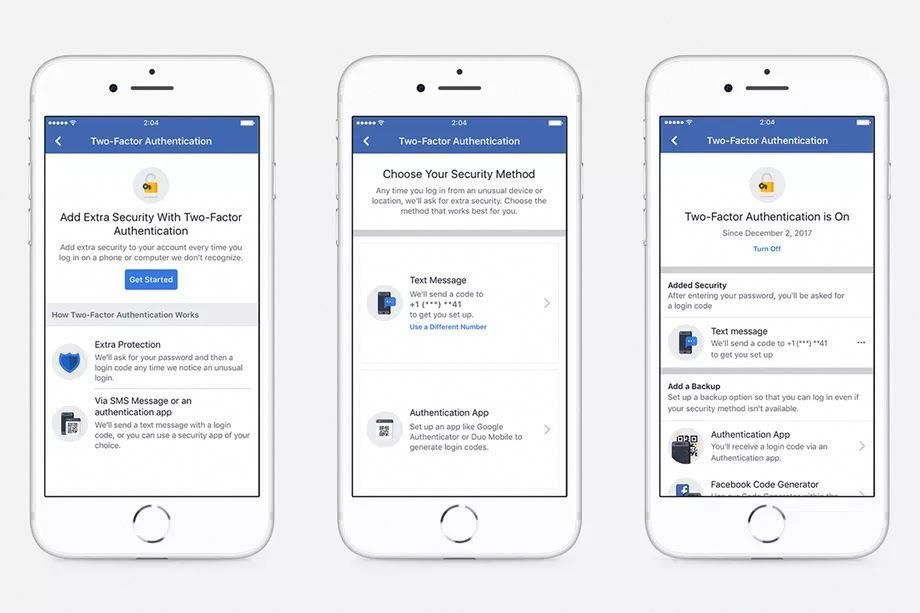
How to check in the app if you received a real email from Instagram
Where to find a list of apps connected to Instagram
Another source of danger is third-party sites and apps. They are connected to expand the capabilities of the social network, for example, add photo filters or convenient marketing tools. However, if such an application is hacked or its authors are dishonest, your account can be used for criminal purposes. You can view the list of connected applications and sites and remove everything superfluous in the same section Security , in block Applications and websites .
Where can I find the list of apps connected to Instagram
Setting up Instagram privacy?
Instagram allows you not only to keep your profile safe, but also to restrict access to your photos, videos, stories and other data. You can hide personal content from prying eyes, save yourself and friends from offensive comments, and prevent subscribers from sharing your stories and posts with others.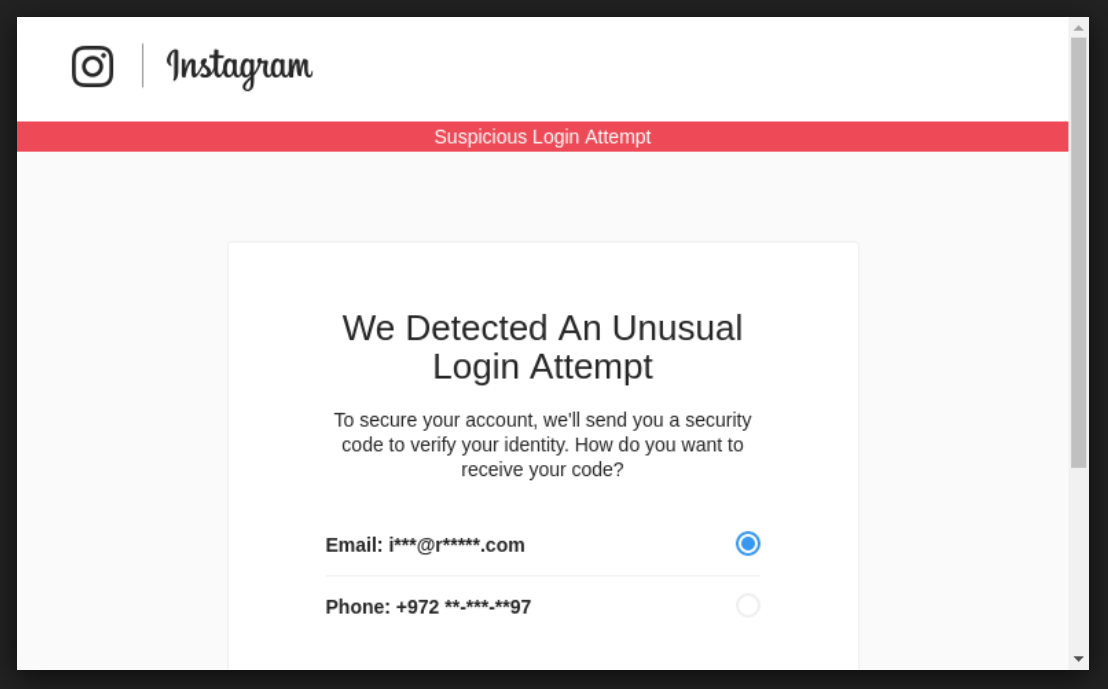 For this:
For this:
- Open your profile.
- Click on the three bars in the upper right corner of the screen.
- Select Settings .
- Go to section Privacy .
Where to find the privacy settings in the Instagram app
How to close your Instagram account
If Instagram is not a promotion site for you, but a place to share pictures and videos with friends, you can make your account private:
- Open Account privacy .
- Enable Closed account .
How to close your Instagram account
Now only followers you have approved will see your posts and stories. True, there are some nuances. Firstly, everyone who managed to subscribe to you before is automatically considered approved by the social network. If you do not agree with it, then you need to do this:
- Section Privacy select Accounts you follow .

- On the Followers tab, find and remove those you don't want to show your posts and stories to.
How to edit your Instagram followers list
Secondly, if you repost an Instagram photo to another social network, it will be seen by everyone who can see your posts on that social network. So if you do this often, don't forget to set up privacy on other social networks as well.
How to control who sees your Instagram stories
If you are an insta-blogger and it is not convenient for you to close your account, you can control access to specific content. For example, Instagram allows you to hide stories from individual users, publish some of them only to your list of close friends, and limit or even turn off the ability to respond to them. All this is done in section Privacy in block History . There you can also prevent readers from sharing your stories in messages and showing your posts in their stories.
How to control who sees your Instagram stories
To protect yourself and your followers from abuse and spam, you can automatically hide inappropriate comments using Instagram filters or your own.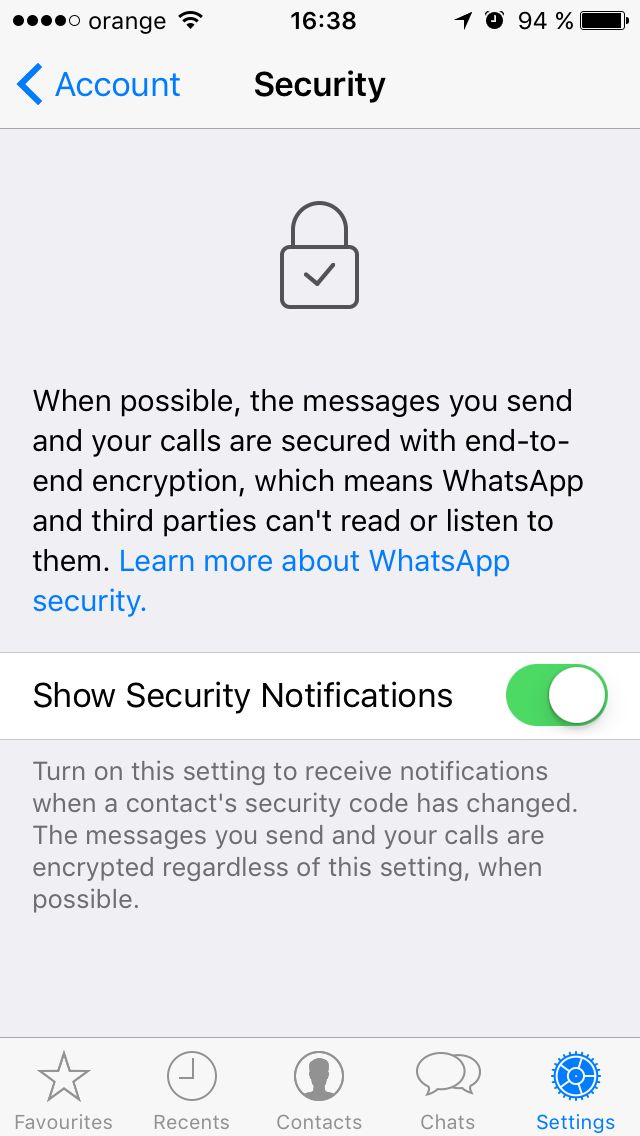 You can configure this in section Privacy , in block Comments . There you can also prevent especially gifted spammers from commenting on your photos and videos.
You can configure this in section Privacy , in block Comments . There you can also prevent especially gifted spammers from commenting on your photos and videos.
How to get rid of spam comments on Instagram
How to get rid of direct spam on Instagram
The social network allows you to prevent outsiders from writing you private messages and adding you to groups. If you are annoyed by spam in direct or you think that messages are your private space, open in section Privacy block Messages and select Only people you follow for both items.
How to get rid of spam in direct and adding to the left groups on Instagram
How to hide your online status on Instagram
If you don't want your readers to know when you're online, you can hide your online status from them. To do this, select in section Privacy item Network status and deactivate the switch.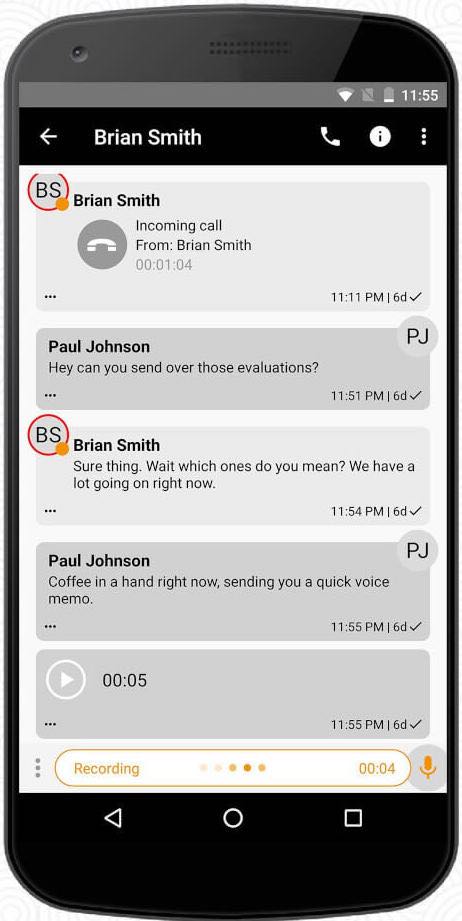 True, after that you will also not be able to see information about the activity of other users.
True, after that you will also not be able to see information about the activity of other users.
How to hide your online status on Instagram
How to hide from specific users on Instagram
Finally, spammers and other annoying readers can be blocked or restricted from accessing your account. To do this, click on the objectionable profile three dots in the upper right corner and select Block or Restrict access .
How to block or restrict someone from accessing your Instagram
Restricted account holders will still be able to view your photos and videos and even leave comments on them, but only you and the author will see these comments.
You can also put the user in silent mode if you are tired of his stories and posts in the feed. This can also be done in his profile:
- Click the button Subscriptions .
- Select Switch to silent mode .
- Enable mute mode for Stories , Posts or both.

Setting the Instagram user to silent mode
Your friend will not know anything about it, and you can take a break from the flurry of his photos and look at them only when you are in the mood - his profile will remain visible to you.
How to remove unnecessary push notifications in the Instagram app
Instagram, like any social network, by default sends more notifications than you need. To avoid annoying pop-up notifications that one of your friends has posted a photo for the first time in a long time, you can turn them off. To do this:
- Open your profile.
- Click on the three bars in the upper right corner of the screen.
- Select Settings .
- Go to section Notices .
- Go through the list of push notifications and turn them off for any events you don't want to know about right away. If you don't want to be notified at all, for example when you're playing or watching a series, select Pause all and set how long Instagram will remain silent.

How to remove unnecessary push notifications in the Instagram app
Now you know how to protect your Instagram account and can customize it the way you want. It's time to remember about your accounts in other social networks. Here's what the security and privacy settings look like on Vkontakte, Facebook, Odnoklassniki, and Twitter.
Why WhatsApp will never become secure / Sudo Null IT News
Columnist Pavel Durov, founder of the Telegram messenger
The world seems shocked by the news that WhatsApp has turned any phone into a tracking device. Everything on your phone, including photos, emails and texts, was accessible to attackers just because you have WhatsApp installed.
However, this news did not surprise me. Last year, WhatsApp had to admit to a very similar problem - a hacker could access all of your phone's data through a single video call.
Every time WhatsApp fixes a critical vulnerability in its app, a new one appears in its place.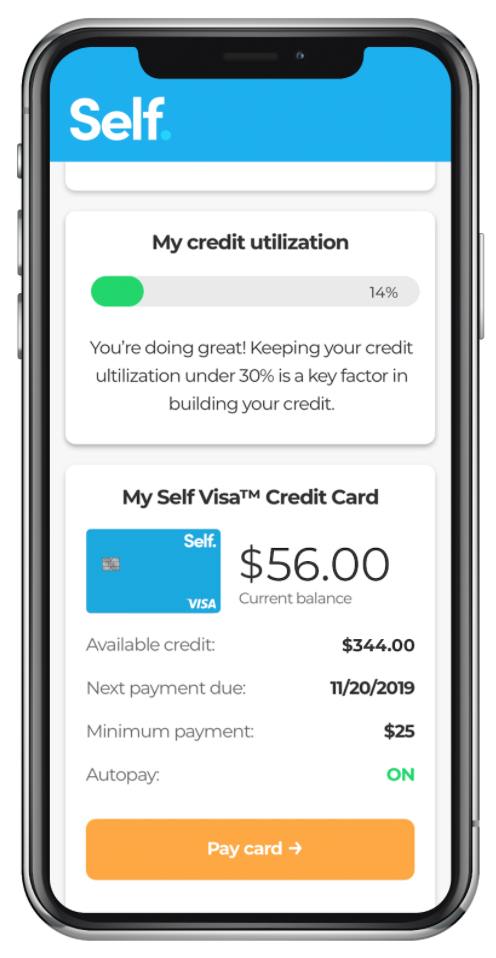 All security issues are well suited for surveillance, they look and work like backdoors.
All security issues are well suited for surveillance, they look and work like backdoors.
Unlike Telegram, WhatsApp does not open source, so security researchers cannot easily check for backdoors. WhatsApp not only does not publish the code, they do the exact opposite: WhatsApp deliberately obfuscates the binaries of their applications so that no one can carefully examine them.
Perhaps WhatsApp and its parent company Facebook are even required to implement backdoors - through secret processes such as secret orders from the FBI. It's not easy to run a secure messenger while in the US. During the week our team spent in the United States in 2016, FBI agents tried to infiltrate us three times. Imagine what will happen to an American company in 10 years of operating in such an environment.
I understand that the law enforcement agencies justify installing backdoors as an anti-terrorist effort. The problem is that such backdoors can also be used by criminals and authoritarian governments. No wonder dictators seem to love WhatsApp. The lack of security allows them to spy on their citizens, which is why WhatsApp is not blocked in countries like Russia or Iran, where Telegram is banned by the authorities.
No wonder dictators seem to love WhatsApp. The lack of security allows them to spy on their citizens, which is why WhatsApp is not blocked in countries like Russia or Iran, where Telegram is banned by the authorities.
In fact, my work on Telegram was a direct response to personal pressure from the Russian authorities. Then, in 2012, WhatsApp was still transmitting messages in clear text. This is madness. Not only governments or hackers, but also mobile providers and WiFi administrators had access to all WhatsApp texts.
WhatsApp later added some encryption, which quickly turned out to be a marketing gimmick: the key to decrypt messages was available to at least a few governments, including Russia. Then, when Telegram began to gain popularity, the founders of WhatsApp sold their company to Facebook and said that they had "privacy built into their DNA." If this is true, then this is probably a dormant or recessive gene.
Three years ago, WhatsApp announced that they had implemented end-to-end encryption so "no third party can access messages.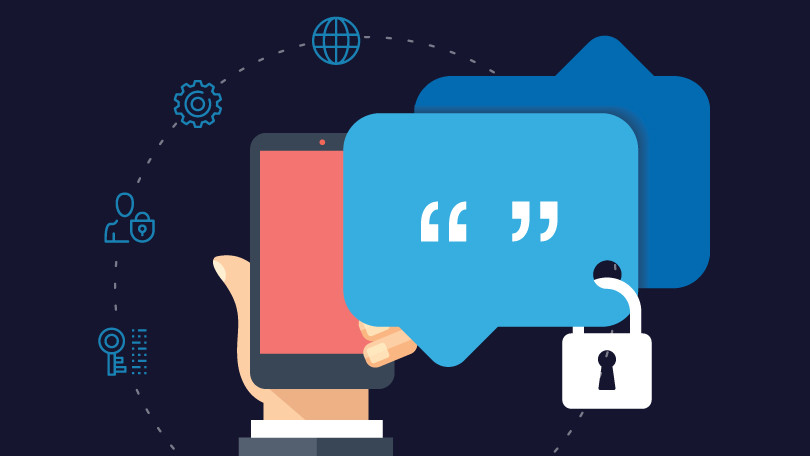 " This coincided with an aggressive call for all users to back up their chats to the cloud. However, WhatsApp did not tell users that, when backed up, messages are no longer end-to-end encrypted and could be accessed by hackers and law enforcement. Brilliant marketing that has resulted in some naive people now serving prison terms.
" This coincided with an aggressive call for all users to back up their chats to the cloud. However, WhatsApp did not tell users that, when backed up, messages are no longer end-to-end encrypted and could be accessed by hackers and law enforcement. Brilliant marketing that has resulted in some naive people now serving prison terms.
Those who didn't fall for the constant pop-ups advising to back up their chats can still be tracked down with a number of tricks, from accessing contacts backups to subtle changes to the encryption key. WhatsApp user-generated metadata — logs describing who is talking to whom and when — is leaked to all agencies in large volumes through the parent company. In addition, you get a set of critical vulnerabilities that replace each other.
WhatsApp has a stable and consistent history, from zero encryption at creation to current vulnerabilities oddly suited for surveillance purposes. Looking back, there has not been a single day in their ten year history when this service was secure. That's why I don't think just updating the WhatsApp mobile app will make it secure. To become a privacy-focused service, WhatsApp must risk losing entire markets and clash with authorities in its own country. They don't seem ready for this.
That's why I don't think just updating the WhatsApp mobile app will make it secure. To become a privacy-focused service, WhatsApp must risk losing entire markets and clash with authorities in its own country. They don't seem ready for this.
The founders of WhatsApp left the company last year due to privacy concerns. They are definitely bound either by secret orders or by the NDA, so they cannot publicly discuss backdoors without risking losing their fortune and freedom. However, they were able to admit that they "sold the privacy of their users."
I can understand the reluctance of the WhatsApp founders to provide more details - it's not easy to compromise your comfort. Several years ago, I had to leave my country after refusing to comply with government-sanctioned violations of the privacy of VKontakte users. It was unpleasant. But will I do something like this again? With pleasure. Each of us will die sooner or later, but we, as a species, will stay here for a while.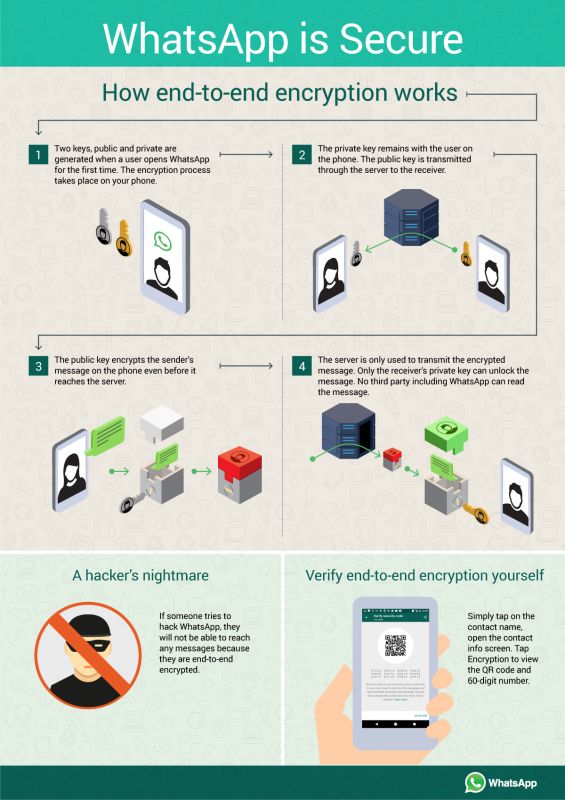 That is why I think that the accumulation of money, fame or power does not matter. Serving humanity is the only thing that really matters in the long run.
That is why I think that the accumulation of money, fame or power does not matter. Serving humanity is the only thing that really matters in the long run.
And yet, despite our intentions, I feel like we have failed humanity in this whole WhatsApp spy story. Many people can't stop using WhatsApp because their friends and family are still there. This means that we at Telegram have done a poor job of convincing people to switch. Although we have attracted hundreds of millions of users over the past five years, this has not been enough. Most internet users are still held hostage by the Facebook/WhatsApp/Instagram empire. Many of those who use Telegram are also on WhatsApp, meaning their phones are still vulnerable. Even those who have completely given up on WhatsApp are probably using Facebook or Instagram, both of which think it's okay to store your passwords in cleartext (I still can't believe a tech company is capable of doing something like this and quit dry from water).
In nearly six years of its existence, Telegram has not experienced the major data breaches or security flaws that WhatsApp shows every few months.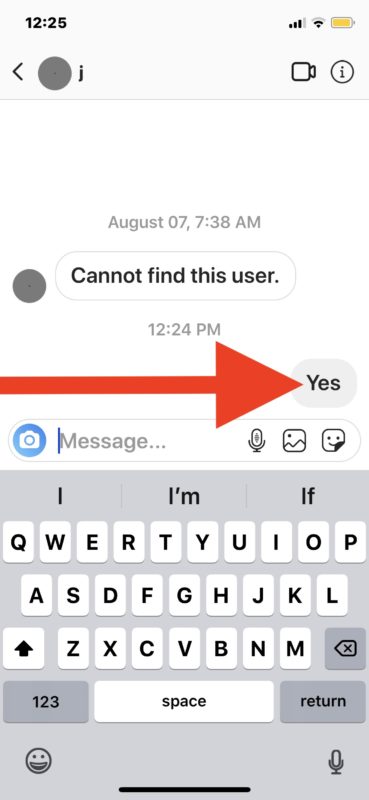 In the same six years, we have disclosed exactly zero bytes of data to third parties, while Facebook/WhatsApp shares any information with almost anyone who claims to work for the government.
In the same six years, we have disclosed exactly zero bytes of data to third parties, while Facebook/WhatsApp shares any information with almost anyone who claims to work for the government.
Few people outside of the Telegram fan community realize that most of the new messaging features first appear on Telegram and then copied by WhatsApp down to the smallest detail. More recently, we witnessed Facebook's attempt to borrow the entire philosophy of Telegram, with Zuckerberg suddenly stating the importance of privacy and speed, quoting the description of the Telegram app almost word for word in his F8 speech.
But whining about FB's hypocrisy and lack of creativity won't help. We have to admit that Facebook is executing an effective strategy. Look what they've done with Snapchat.
We at Telegram must acknowledge our responsibility in shaping the future. It's either us or the Facebook monopoly. Either freedom and privacy, or greed and hypocrisy. Our team has been competing with Facebook for the past 13 years.




